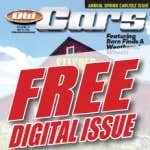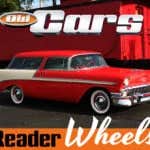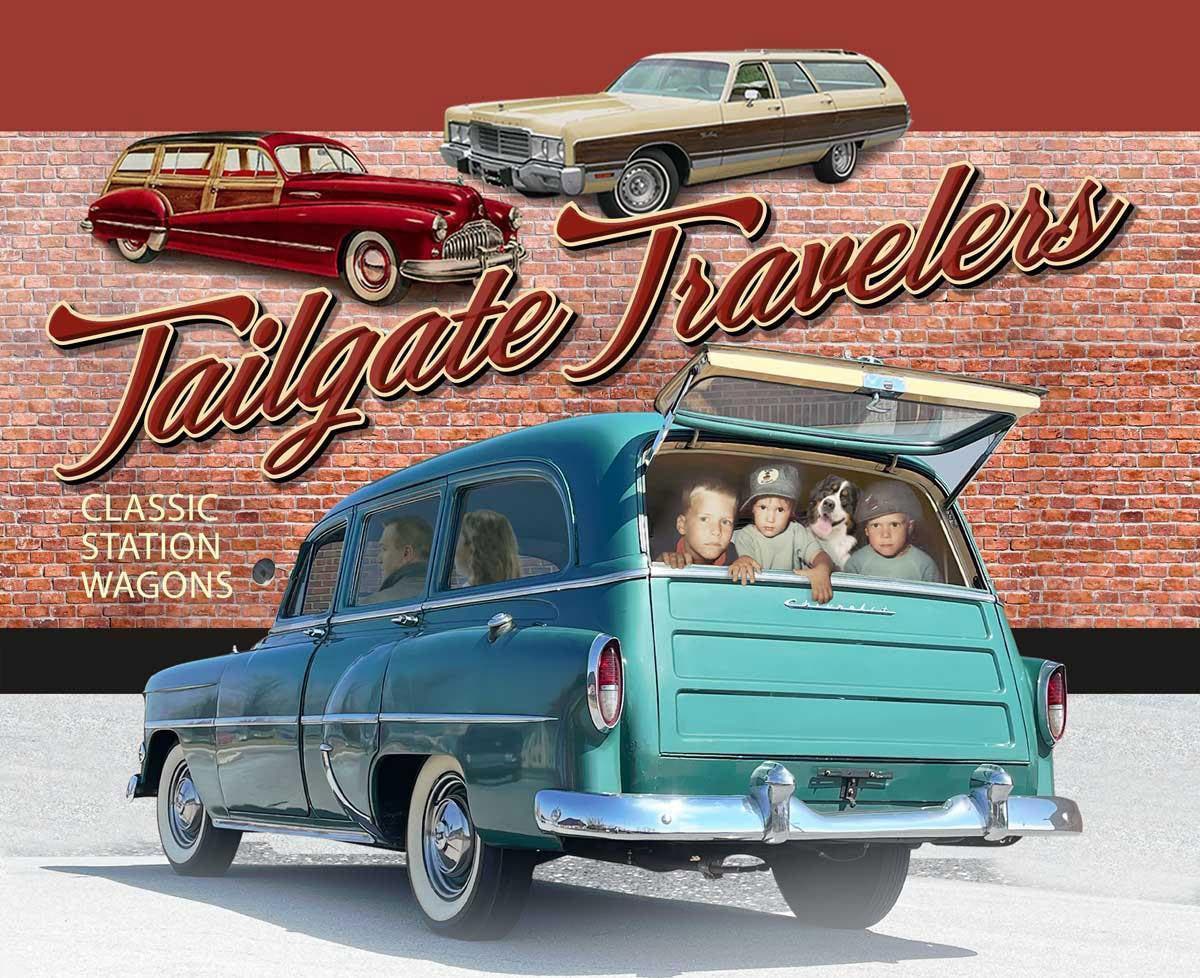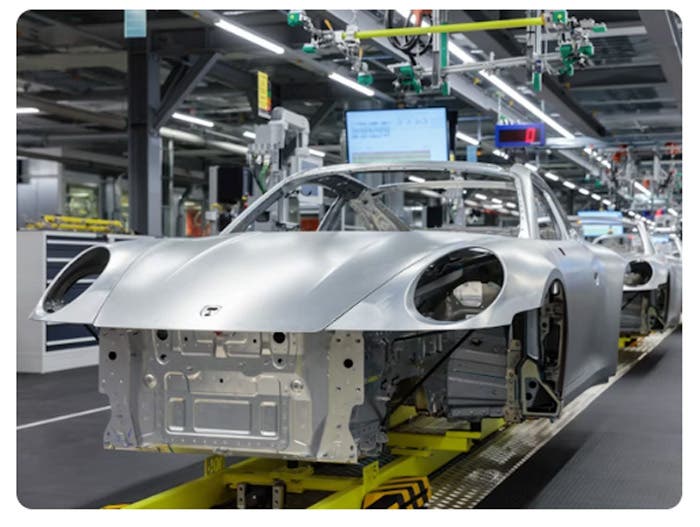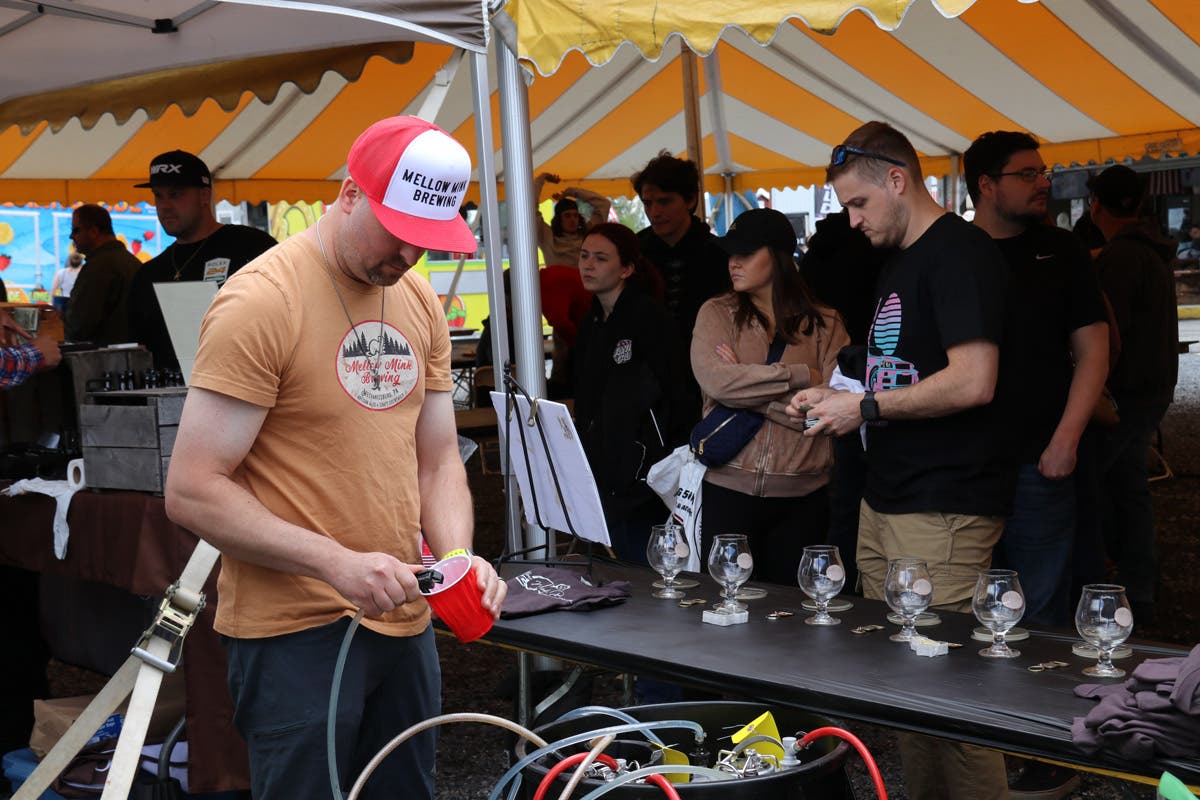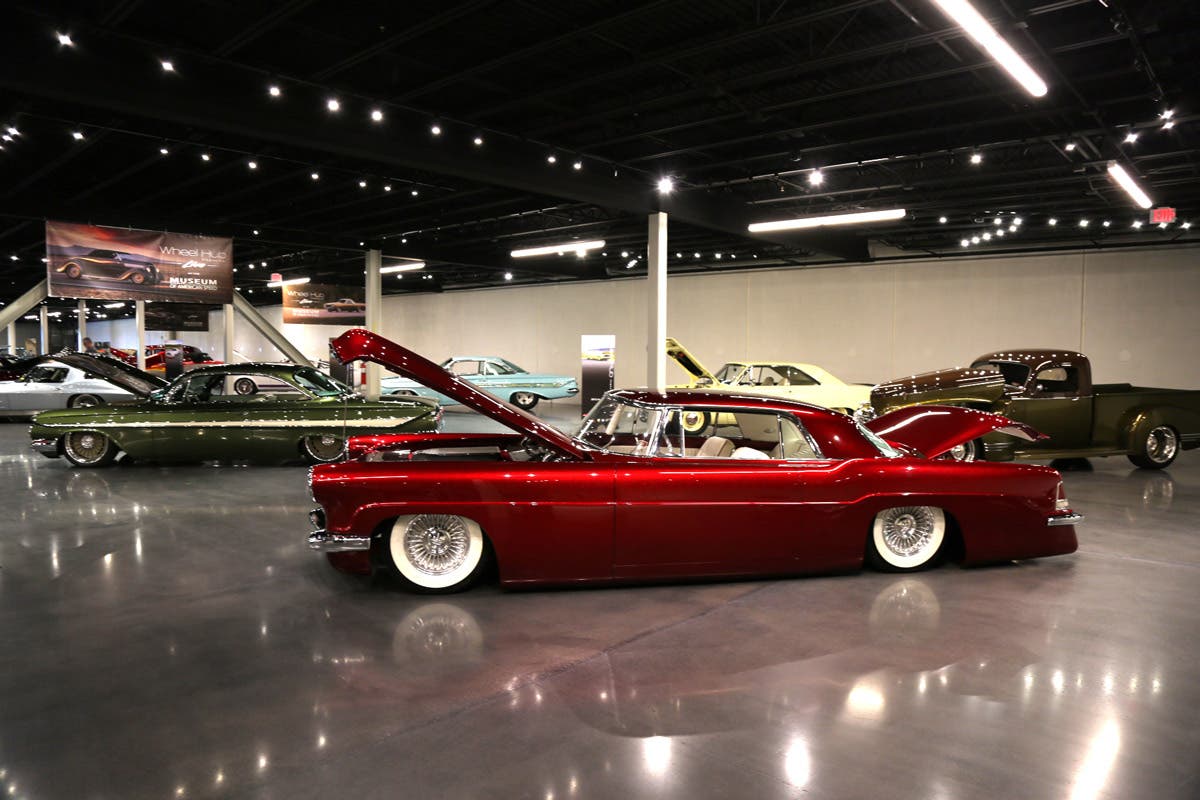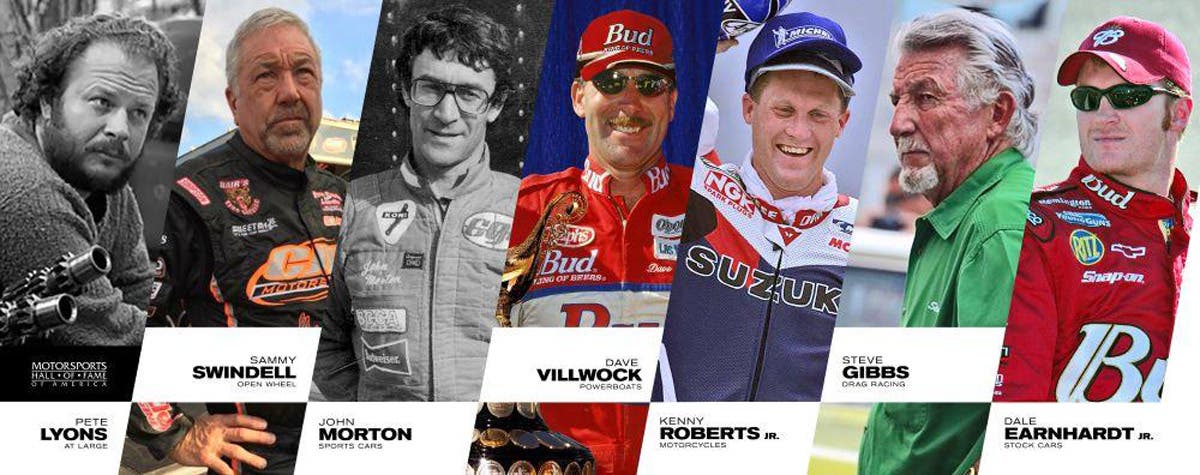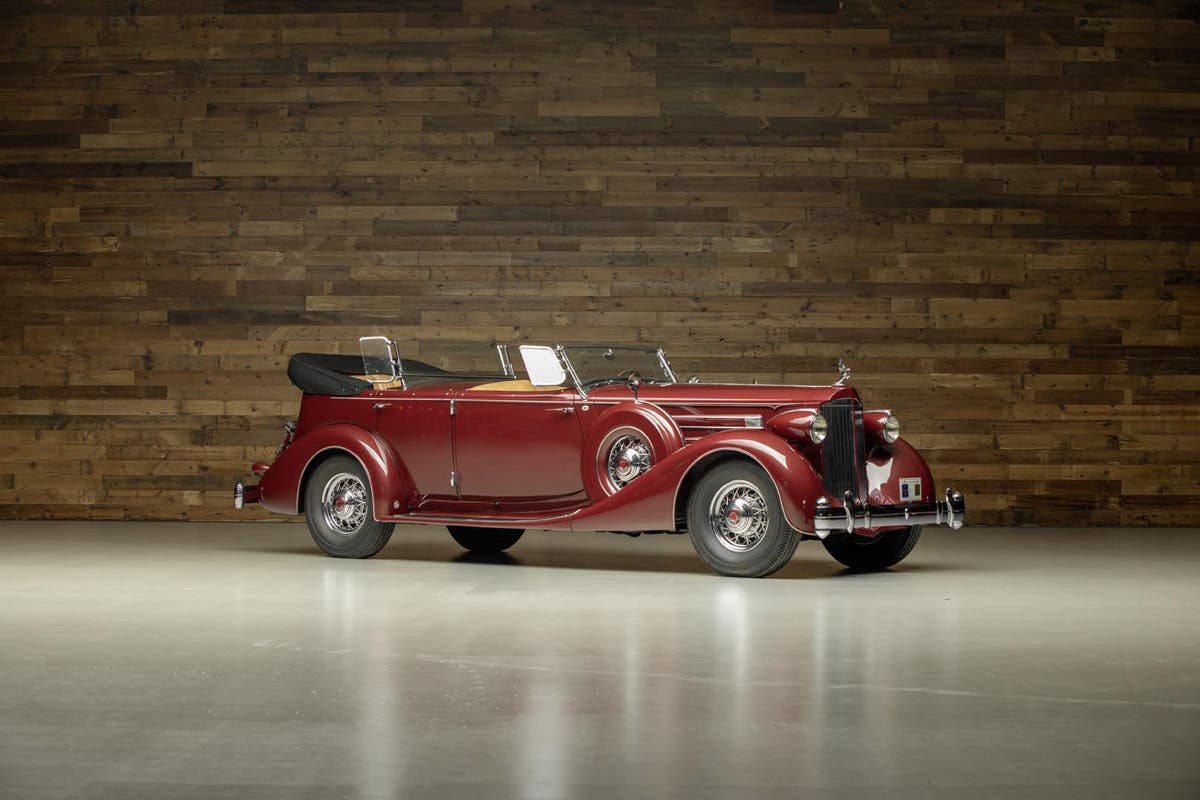Auto racing’s history on display at Pennsylvania’s EMMR
Story and photos by Ron Kowalke For anyone interested in getting up to speed on the history of auto racing in America, there’s no better place to learn than the…
Story and photos by Ron Kowalke
For anyone interested in getting up to speed on the history of auto racing in America, there’s no better place to learn than the Eastern Museum of Motor Racing (EMMR). The museum, located in York Springs, Pa., is observing its 25th anniversary in 2014. This year also marks the 40th anniversary of the Williams Grove Old Timers, the founding organization behind the EMMR. Being such a milestone year, the 2014 schedule is filled with activities on the grounds, such as vintage race meets and car shows that financially support the museum. The EMMR, as stated by museum president Lynn Paxton, “is a great place to visit. It covers all the bases of racing.”
Since its inception in 1989, the EMMR has been enlarged in phases. It’s grown from 8,000 square feet to its current 24,000-square-foot multi-level building. “There are 80 to 85 vehicles on display in the museum at any one time,” Paxton explained. “We can handle up to 125 people [in the museum] at a time.”
To keep the interest level pegged, Paxton said the race cars on display are rotated on a regular basis. He added that the EMMR also shares vehicles with other museums around the country including the Antique Automobile Club of America Museum in nearby Hershey, Pa. Also of note, current and former race driving celebrities are regular visitors to the museum. Paxton named drag racer Don “Big Daddy” Garlits, NASCAR driver Dave Marcis and driver/historian Crocky Wright as a few of the legendary wheelmen who have toured the museum. Also a plus of having so many former racing machines on display, according to Paxton, is having the families of the cars’ drivers come to visit.
“We’ve had children [of former drivers] in tears because they saw their fathers’ cars. That’s very rewarding.”
Humble beginning
“This place was built by the old racers,” Paxton stated of the EMMR. Its origin in 1975, according to Paxton, is traced to a small group of racing enthusiasts who billed themselves as the Williams Grove Old Timers (WGOT). Its founder was Jack Gunn, then the promoter of Williams Grove Speedway in Mechanicsburg, Pa. “Jack was a historian,” Paxton recalled. “He thought it would be a good idea to honor former drivers.”
When Gunn passed away in 1980, Paxton said he, Carl Sweigart, Bill Wright and Ed Writtel drew up bylaws and incorporated the WGOT to continue the club and expand its reach. The priority for the newly formalized club was to locate a racing venue for hosting vintage events. These meets would both promote former drivers and their cars and help build WGOT membership. When a plan to buy land next to Williams Grove Speedway fell through, Paxton said his father mentioned that the nearby Latimore Valley Fairgrounds in York Springs was for sale. The fairgrounds consisted of 23 acres of land. More importantly, it included a half-mile dirt track that, according to Paxton, was constructed for horse racing in 1925 and began hosting car races in the late 1920s.
In theory, the fairgrounds seemed to be an ideal fit for the WGOT mission of hosting vintage race meets, but the reality was the track was in rough shape. Paxton said the fairgrounds sat dormant since World War II and the passing years had taken a toll on the race track. Nonetheless, the WGOT membership saw the potential of the fairgrounds to further its mission and it was agreed to buy the property in 1981. “When the fairgrounds was purchased, total acreage was 23,” Paxton said, “but it was in a flood plain.” He added, “An additional 21 acres was purchased in 1986, and the first phase of the museum was constructed in ’89.”
Funding the museum
Paxton said the museum is operated as a 501c(3) non-profit foundation and the EMMR conducts many activities in-house and at the adjacent Latimore Valley Fairgrounds, as well as at other nearby race tracks to raise the funding necessary to operate the museum. He explained, “The museum has no admission, but donations are appreciated.” The lower level of the museum also contains a gift shop filled with EMMR-branded apparel and souvenirs.
By far, the largest revenue generator for the EMMR is the annual slate of events conducted at the Latimore Valley Fairgrounds. A side benefit of this activity, according to Paxton, is that “these events generate traffic to the museum.”
Among the annual events at the fairgrounds, the three largest are the “Jalopy Showdown” car show, the Latimore Valley Fair and the EMMR/WGOT Convention.
“This will be the 10th year for the ‘Jalopy Showdown’ in May,” Paxton stated of the May 17 event. “It’s our biggest one-day show and swap meet and features hot rods and rat rods.” He added that the fair, to be held this year from June 27-29, is “old school,” with carnival rides and local service organizations running the concessions, as well as there being track time for vintage racers to give the fair a unique draw. Building on that, Paxton said the August EMMR/WGOT Convention attracts more than 100 vintage race cars that provide both on-track exhibitions and static displays. (The event will be held Aug. 15-17 in 2014.) Each December, the EMMR also closes out its busy year with an open house that features an auction to raise money for the museum.
Research archive
With EMMR membership totaling 1,200 in the United States and having members in other countries such as Australia, Canada and England, Paxton said the museum is often the beneficiary of racing-related memorabilia. “We get donations all the time. We have two full-time librarians who sort through the donations,” Paxton added.
To handle all the donated materials, the EMMR has an extensive archive and library. Paxton explained, “Our archive contains photographs, literature, microfiche, old newspapers, race programs and memorabilia. Many of the photos go back to the earliest days of racing.” He added that researchers are welcome to visit and sift through the archive collection, but cautioned that none of the materials can be taken off site.
One of the largest donations of racing-related materials to the EMMR was the lifetime collection of the “Dean of Motorsports,” the late Chris Economaki. The longtime editor/publisher of the weekly racing newspaper National Speed Sport News, Economaki’s collection of literature, photographs and memorabilia even pre-dates the paper’s origin in 1934.
“Chris appreciated the museum, and came to visit many times,” Paxton recalled. “He fell in love with the place and had his entire collection donated to the EMMR after his death.” So large was Economaki’s donation that the EMMR has devoted an entire wing of the museum to house it. That wing is aptly named “The Chris Economaki Library” in tribute to the veteran racing journalist.
Eastern Museum of Motor Racing
100 Baltimore Rd.
York Springs, PA 17372
717-528-8279
www.emmr.org
